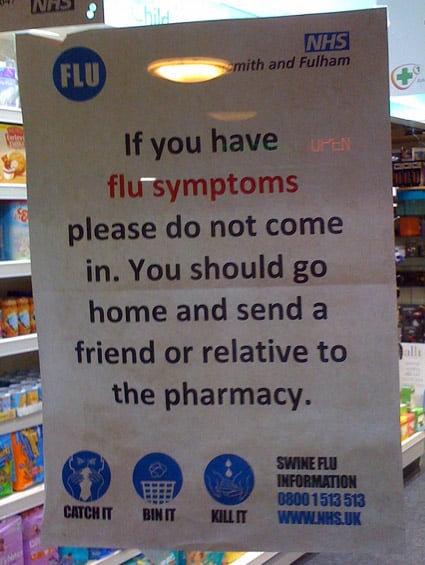ChittahChattah Quickies
- [from julienorvaisas] Is the Web Dying? It Doesn’t Look That Way [Bits Blog – NYTimes.com] – [There's always a way to get the same data to tell a different story. ] Mr. Anderson of Wired magazine argues that a world of downloadable apps, which work through the Internet and arrive via gadgets like the iPhone or Xbox, are quickly cannibalizing the World Wide Web as consumers prefer buttoned-up, dedicated platforms, designed specifically for mobile screens. Is he right? Should we plaster R.I.P. signs all over the Web? Not exactly.
- [from steve_portigal] The Tragic Death of Practically Everything [Technologizer] – [You can hum Jim Carroll while you read this short piece that tries to dehype tech media a teeny little bit] Wired Editor in Chief Chris Anderson is catching flack for the magazine’s current cover story, which declares that the Web is dead. I’m not sure what the controversy is. For years, once-vibrant technologies, products, and companies have been dropping like teenagers in a Freddy Krueger movie. Thank heavens that tech journalists have done such a good job of documenting the carnage as it happened. Without their diligent reporting, we might not be aware that the industry is pretty much an unrelenting bloodbath.
- [from steve_portigal] BK to offer shareable Pizza Burger [Nation’s Restaurant News] – [While results won't appeal to all, exciting to see Burger King with an appetite for innovating – crazy-sounding products – and a place to sell those non-core products] Burger King plans to introduce a giant hamburger shaped and flavored like a pizza to its new Whopper Bar in NY, adding to the list of extreme sandwiches at restaurant chains. The NY Pizza Burger is made with four 1/4-pound Whopper patties, mozzarella, marinara and a Tuscan Herb Mayo. They are placed on a 9.5-inch bun, which is sliced into 6 wedges, selling at $12.99. Burger King said the pizza burger, which is intended to be shared, would likely be introduced next week. Each wedge is about 400 calories, they said. The NY Pizza Burger is currently planned just for the New York City Whopper Bar location, which opened July 31 near Times Square. The pizza burger will join the Meat Beast Whopper, also exclusive to the New York City Whopper Bar. The Meat Beast is a Whopper topped with pepperoni and bacon and sold for $6.99.


















